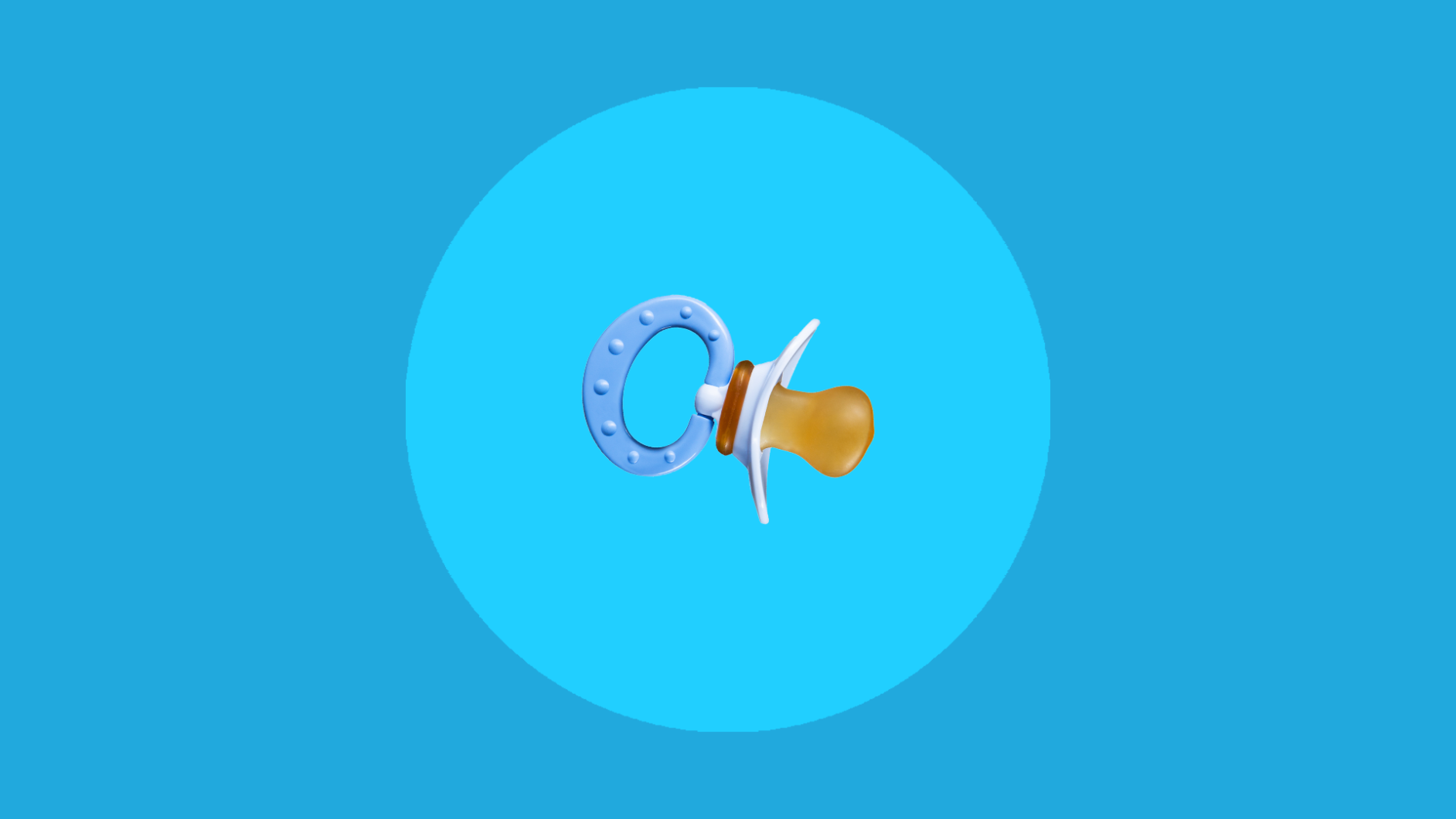This is part of a series on breastfeeding in support of National Breastfeeding Month (August). Find the full coverage here.
Breastfeeding isn’t always picture-perfect. Sometimes mom and baby gaze lovingly into each other’s eyes, drinking in the moment. More often, especially in the early days, nursing brings feelings of helplessness, tears, and maybe even pain. Thrush from breastfeeding is a common cause of breast pain while nursing and a common source of discomfort for a feeding baby.
What is thrush?
“Thrush (oropharyngeal candidiasis) is a medical condition in which a yeast-like fungus called Candida albicans overgrows in the mouth and throat,” explains Natasha Sriraman, MD, academic pediatrician and associate professor of pediatrics in Norfolk, Virginia.
What are the symptoms of thrush from breastfeeding?
Thrush from breastfeeding can appear in your baby’s mouth, or affect your breasts and nipples. “For oral thrush, breastfeeding infants will present with white plaques on the tongue, inside their cheeks, and sometimes on the inner part of the lip,” Dr. Sriraman says. “It may look like milk that is leftover, but when you try to clean it off, it won’t come off.”
For nursing moms, the symptoms are a bit different. “For women who are breastfeeding, if their baby develops thrush, it will cause a sharp, shooting pain in the mother’s breast (before, during, and after breastfeeding). The mother’s nipple and areola can also become red.”
What causes thrush?
A change in the balance of bacteria and yeast in your body—from antibiotics or another condition—can trigger a thrush infection. “Yeast is present everywhere in our body, but it causes a problem when there is an overgrowth of yeast,” says Andrea Tran, a registered nurse and lactation consultant (IBCLC) at Breastfeeding Confidential. “This can be the result of an imbalance of bacteria caused by antibiotics, diabetes, HIV, or cancer treatment. Some people are just prone to yeast, and their diet can affect their tendency to develop a yeast infection.”
Some of those causes sound scary, but don’t worry. Thrush in newborns is usually due to their immature immune systems or antibiotic use by the baby or parent.
How is thrush diagnosed?
Most of the time a physician can recognize thrush by simply looking at the infected area. “It can be diagnosed by visual inspection, such as with an infant with an oral infection,” says Tran, who describes the appearance of oral thrush as “white rug tongue.”
“Women with a yeast infection of the nipples are usually diagnosed by description of their symptoms,” Tran adds. In some cases, your doctor may order additional lab tests.
How is thrush treated?
Thrush grows quickly, and can be transmitted easily between family members. It’s important to treat it quickly and follow your physician’s advice. “The standard of care is to start with Nystatin,” Dr. Sriraman says. Nystatin is an antifungal drug that comes in powder, tablet, liquid, and cream form. “I tell moms to coat their baby’s mouth and their breast after they are done breastfeeding 3-4 times a day. I have them continue this treatment for 1-2 days after the white plaques are gone. Both must be treated or else the infection will continue to be passed back and forth between mother and baby.”
Tran suggests infants see a pediatrician for treatment and parents with persistent thrush see their healthcare provider, but mentions that in addition to Nystatin, Mupirocin and Fluconazole are other possible medications helpful for thrush treatment.
Gentian Violet is another option for persistent thrush. The bright purple solution has antifungal properties, but must be used with caution.
“We use [Gentian Violet] only if Nystatin treatment has failed,” Dr. Sriraman says. “We strongly advise against mothers buying this product on their own (via online stores) as Gentian Violet can cause burns to the baby’s mouth if applied incorrectly or excessively. If this treatment is needed, the pediatrician will coat the baby’s mouth with it in the office.”
Be careful because Gentian Violet also stains anything it touches—clothes, skin, nipples, and tongue!
How to prevent thrush from breastfeeding
To prevent cross-contamination and reinfection with thrush, Tran recommends:
- Practicing good handwashing
- Boiling anything that goes into the baby’s mouth (pacifiers, bottle nipples, teething toys) or touches the mother’s nipples (pump parts, nipple shields) once every 24 hours
- Changing bras every 24 hours and washing them in hot water
- Wearing disposable bra pads and changing them frequently
- Using any milk pumped during thrush treatment (“This one is controversial,” says Tran. It’s unknown if frozen, stored milk could reinfect a baby with thrush after treatment concludes. “But we do know that yeast is not killed by freezing.”)
Usually, thrush is a temporary inconvenience—you treat it and move on. But Dr. Sriraman stresses the importance of seeking medical care if treatments don’t eliminate the fungal infection completely, the infection is recurring, or thrush occurs in toddlers or older children. Evaluation is necessary to screen for more serious conditions such as bacterial infection or altered immunity.
If you are experiencing pain while breastfeeding, or your baby is fussy at the breast, take heart—this doesn’t mean you need to stop nursing. Treating thrush makes a world of difference in a breastfeeding relationship. That picturesque nursing image can be real.











